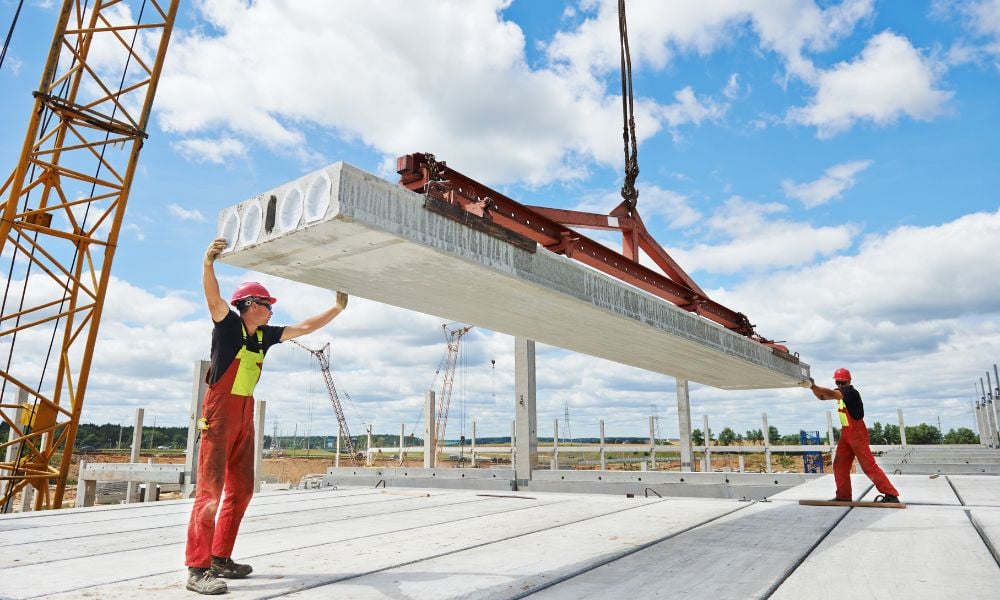The issue over the aging workforce — baby boomers dominating the workforce, even continuing to work past their retirement age — has been the subject of numerous discussions within the health and safety community in the past few years. Analysts attribute this phenomenon to various factors: they enjoy and find meaning in their work; they don’t have a pension plan; or they did not accumulate enough pensionable years to replace their income.
Whatever the reason, an aging workforce presents unique challenges that employers must deal with. One such challenge is the health and safety implication of this phenomenon.
Our editorial intern, Taylor Fredericks, tackled this issue in his article, Older but wiser: Coping with aging workforce. Immediately after this story was posted, the page reached close to 1,500 page views — a good indication that this is an important issue to the health and safety community.
Like many challenges, however, this too has a silver lining. To view the issue of an aging workforce as a problem is to ignore the fact that a more experienced, senior worker has a lot to bring to the table — with the right accommodation strategy.
True, an older worker may be more at risk of getting injured on the job. But it’s also true that a more senior employee has vast knowledge to impart to his younger counterpart — something any wise organization should be promoting.
In the article, health and safety experts gave some pointers on what a company dealing with an aging workforce can do to turn this challenge into a win-win situation. Doing an assessment of the workstation and the job tasks is a good place to start, according to experts we’ve talked to. An assessment will also allow employers to have an understanding of where the worker might be having difficulty with, and make adjustments accordingly.
There’s a lot more to the issue and I know many health and safety managers out there are struggling to find answers to burning questions about older workers. It’s time to bring this issue up in the boardroom and get management thinking about proactive solutions that will benefit both the company and the employees.
Whatever the reason, an aging workforce presents unique challenges that employers must deal with. One such challenge is the health and safety implication of this phenomenon.
Our editorial intern, Taylor Fredericks, tackled this issue in his article, Older but wiser: Coping with aging workforce. Immediately after this story was posted, the page reached close to 1,500 page views — a good indication that this is an important issue to the health and safety community.
Like many challenges, however, this too has a silver lining. To view the issue of an aging workforce as a problem is to ignore the fact that a more experienced, senior worker has a lot to bring to the table — with the right accommodation strategy.
True, an older worker may be more at risk of getting injured on the job. But it’s also true that a more senior employee has vast knowledge to impart to his younger counterpart — something any wise organization should be promoting.
In the article, health and safety experts gave some pointers on what a company dealing with an aging workforce can do to turn this challenge into a win-win situation. Doing an assessment of the workstation and the job tasks is a good place to start, according to experts we’ve talked to. An assessment will also allow employers to have an understanding of where the worker might be having difficulty with, and make adjustments accordingly.
There’s a lot more to the issue and I know many health and safety managers out there are struggling to find answers to burning questions about older workers. It’s time to bring this issue up in the boardroom and get management thinking about proactive solutions that will benefit both the company and the employees.





